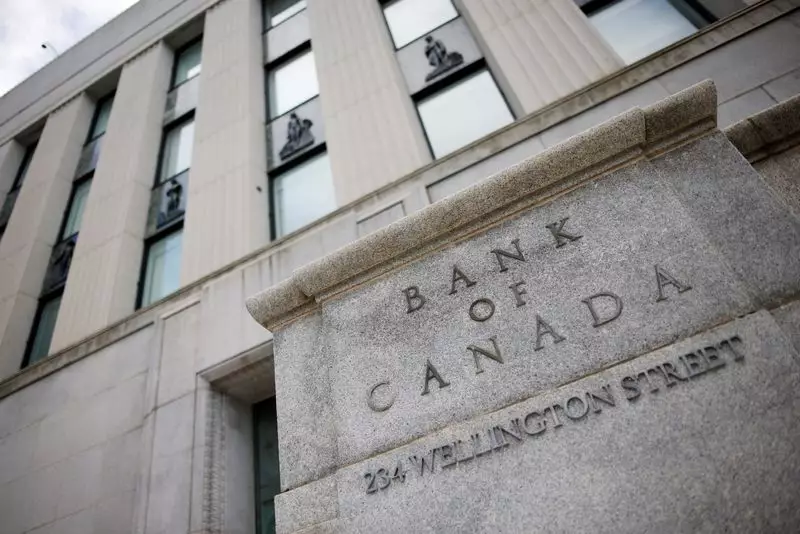In a surprising turn of events, the Bank of Canada (BoC) announced a significant reduction in its benchmark interest rate, slashing it by 50 basis points to 3.75%. This marks the most aggressive move by the central bank in over four years, as Canada grapples with shifting economic landscapes characterized by low inflation rates. The decision follows a series of four consecutive cuts dating back to June, prompting optimism from Governor Tiff Macklem, who asserted that Canadians could now “breathe a sigh of relief” as inflation has dipped to a mere 1.6%, well below the established 2% target.
This rate cut is a pivotal strategy in the BoC’s ongoing efforts to stimulate economic growth after a prolonged period of tightening measures. The bank’s prior hikes took interest rates to a two-decade high, primarily to combat rampant inflation that had caused considerable strain on consumers and businesses alike. With inflation now appearing to stabilize, the central bank aims to foster a more robust demand that has been lagging in recent months.
Despite multiple cuts totalling 75 basis points over the past few months, the Canadian economy remains sluggish. Reports indicate that consumer sentiment is frail and corporate sales disappointing, hindering the anticipated rebound in economic activity. Macklem’s optimism appears somewhat reserved, as he pointed out that today’s decision should spur demand, yet it does not guarantee immediate recovery. Analysts have underscored that the impact of monetary policy changes is often delayed, and it may take time before we see a notable increase in consumer spending and investment.
Macklem’s assurances may have been buoyed by the fact that the U.S. Federal Reserve is simultaneously initiating its own rate reduction measures. This alignment of monetary policies could enhance cross-border economic activity, benefiting Canada as it seeks to revitalize its economy. Economists speculate that another anticipated reduction might be on the horizon as early as December, given the current trends in economic indicators.
In the wake of the BoC’s announcement, the Canadian dollar experienced a slight downturn, reflecting the initial uncertainty in the markets. The implications of a 50-basis-point cut are complex, as not only does it influence borrowing costs for consumers, but it also impacts investor confidence and the yield on government bonds. Market analysts indicated a cautious optimism regarding the central bank’s strategy, but there remain significant uncertainties ahead.
In light of its most recent policy report, the BoC adjusted its projections for Canada’s GDP growth downward—anticipating a mere 1.5% growth for Q3, a decrease from a more optimistic rate previously forecasted. This signals continuing concerns regarding the overall health of the Canadian economy and the possible need for further rate adjustments should economic stagnation persist.
The reduction in interest rates is not just an isolated adjustment but forms part of a broader strategy to manage inflation rates effectively. Macklem emphasized the importance of maintaining stable inflation around the 2% mark, hinting at the delicate balance the central bank must strike to ensure that its policies do not inadvertently stifle economic growth or exacerbate inflation.
As Canada moves forward, the focus will be on how well the economy responds to these recent measures. The central bank’s ability to navigate the evolving economic situation remains critical. Their next steps will heavily depend on forthcoming economic data, and the cautious stance taken by policymakers reflects an understanding that fewer guarantees exist in a rapidly changing economic environment.
Ultimately, while the BoC’s rate cut may appear to be a promising development designed to spur growth, its true effectiveness will only become clear as time progresses and as the effects ripple through the economy. Determining whether these reductions are sufficient to restore robust growth will be crucial not only for policymakers but for Canadians hoping for a more stable economic future.


Leave a Reply